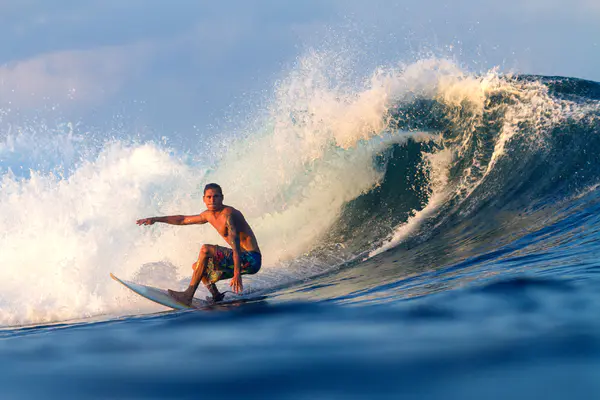Surfing is a sport that has captivated enthusiasts around the world for decades. The quest to ride the perfect wave is both an art and a challenge. Surfers, with their boards, seek the thrill and connection with nature that only surfing can provide. Despite its popularity, it took many years for surfing to be recognized as an Olympic sport. This article explores the journey of surfing to the Olympics, culminating in its debut at the 2020 Tokyo Games.
Early Beginnings of Surfing
Ancient Roots
Surfing has ancient origins. Polynesians were among the first to surf. They used wooden boards to ride waves in the Pacific Ocean. This practice dates back thousands of years. Surfing was not just a sport but a part of their culture.
Introduction to the Western World
In the late 18th century, European explorers observed Polynesians surfing. Captain James Cook’s crew documented surfing in Hawaii in 1778. This was the first recorded encounter of Westerners with surfing.
Hawaiian Influence
Hawaii is often considered the birthplace of modern surfing. Hawaiian royalty practiced the sport, making it prestigious. Duke Kahanamoku, born in 1890, is a pivotal figure. He popularized surfing beyond Hawaii. As an Olympic swimmer, he had the platform to showcase surfing globally.
The Road to Olympic Recognition
Early Advocacy
Efforts to include surfing in the Olympics began early. In the 1920s, Duke Kahanamoku, a gold medalist swimmer, advocated for surfing’s inclusion. Despite his influence, the sport was not added.
Formation of Governing Bodies
In 1964, the International Surfing Association (ISA) was founded. The ISA played a crucial role in organizing competitions. They worked tirelessly for surfing’s recognition as an Olympic sport.
Growing Popularity
Surfing gained popularity globally in the 20th century. Films, music, and media brought surfing into the mainstream. The 1960s surf culture boom was significant. Surfing became more than a sport; it became a lifestyle.
Challenges and Setbacks
Efforts to include surfing faced challenges. The sport needed a governing body recognized by the International Olympic Committee (IOC). Additionally, there were logistical issues. The Olympics required consistent and fair conditions for competition, which is hard to guarantee with surfing.
Breakthrough to the Olympics
Renewed Efforts
In the early 21st century, efforts intensified. The ISA, led by President Fernando Aguerre, pushed for inclusion. Aguerre’s persistent lobbying with the IOC was instrumental.
Support from the Host Country
The host country of the Olympics plays a role in adding new sports. Japan, the host of the 2020 Olympics, has a growing surf culture. Their support was crucial for surfing’s inclusion.
Decision by the IOC
In 2016, the IOC announced that surfing would be included in the 2020 Tokyo Olympics. This decision was historic. It was a victory for the surfing community.
See Also: What Is a Kook in Surfing Terms
The Debut in Tokyo 2020
Venue and Conditions
The surfing competition took place at Tsurigasaki Beach. This venue was chosen for its consistent waves. However, the conditions were still unpredictable, adding to the challenge.
Competition Format
The format included 20 men and 20 women competitors. They were judged based on the difficulty and execution of maneuvers. The competition was intense, showcasing the best surfers from around the world.
Historic Moments
The surfing event in Tokyo saw many historic moments. Italo Ferreira of Brazil won the first gold medal in men’s surfing. Carissa Moore of the USA won the gold in women’s surfing. Their victories were celebrated globally.
Impact and Future of Surfing in the Olympics
Increased Popularity
Surfing’s inclusion in the Olympics has increased its popularity. It has inspired a new generation of surfers. The sport has gained more visibility and respect.
Future Olympic Games
Surfing is set to be included in future Olympic Games. Paris 2024 and Los Angeles 2028 will feature surfing competitions. The sport’s future in the Olympics looks promising.
Development of the Sport
The inclusion in the Olympics has led to more investment in surfing. Countries are developing programs to nurture talent. This is likely to elevate the level of competition.
Conclusion
In conclusion, the inclusion of surfing in the Tokyo 2020 Summer Olympics marked a significant milestone for the sport. This historic event has helped to raise the profile of surfing and increase its popularity worldwide. By providing a platform for athletes to showcase their talents on a global stage, the Olympics have highlighted the importance of ocean conservation and sustainability. The inclusion of surfing in the Olympics has undoubtedly helped to promote the sport and attract younger audiences, ensuring its continued growth and development for years to come.

